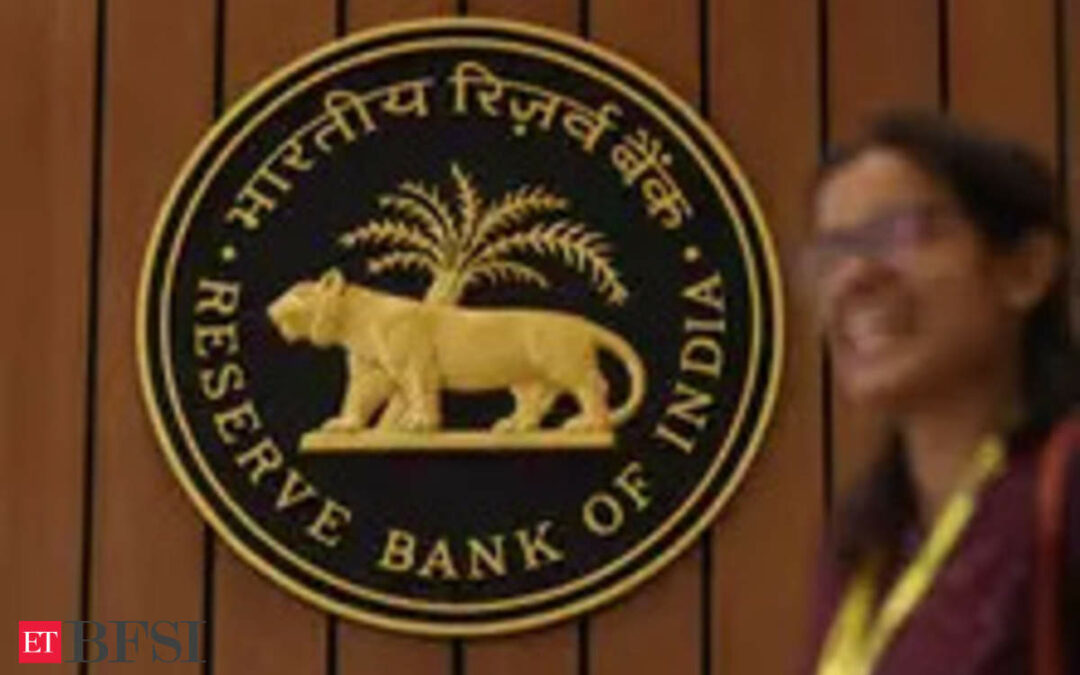Banks have given feedback to the finance ministry about changes proposed by the Reserve Bank of India on a key liquidity ratio, with lenders expressing concern about the impact the new norms could have on their ability to drive credit in the economy.
“The finance ministry’s DFS had reached out to banks recently asking for feedback on the draft liquidity coverage ratio (LCR) circular and they (DFS or department of financial services) are likely to soon communicate with the RBI on the issue too,” a source aware of the developments told ET.
“Bank have said to the DFS that if the LCR circular were to be implemented with the current increases in run-off factors, there could be a strong impact on lending ability as funds worth around ₹4-5 lakh crore would have to be kept aside to meet the new LCR requirement,” the source said.
Banks have expressed to the DFS that a staggered implementation of the proposed norms would provide more breathing room for lenders amid the prevailing credit-deposit scenario.
An email sent to the DFS seeking comment on the matter did not receive a response by the time of publication.
In late July, the RBI released a draft circular on the LCR which called upon banks to assign an additional 5% run-off factor for retail deposits enabled with internet and mobile banking (IMB) facilities. Accordingly, stable retail deposits enabled with IMB would have a 10% run-off factor, while less stable deposits enabled with IMB would have a 15% run-off factor. The RBI’s draft circular mentions April 1, 2025 as the date of implementation.
The run-off factor refers to the hypothetical likelihood of deposits being withdrawn or transferred from a bank. For banks, an increased run-off factor essentially translates higher requirement to purchase high-quality liquid assets-largely short-term government bonds-which can be liquidated quickly in the event of financial stress.
Following the global financial crisis of 2007-08 the Basel Committee on banking supervision introduced the LCR, which calls for maintenance of HQLA to meet 30 days of net outflows under conditions of stress. Indian banks are required to maintain an LCR of 100%, composed of high-quality liquid assets-government bonds.
Analysts have estimated a potential increase in demand for short-term government securities to the tune of ₹4 lakh crore to ₹5 lakh crore if the new norms were to be implemented. The RBI said that the new norms would be effective from April 1, 2025.










